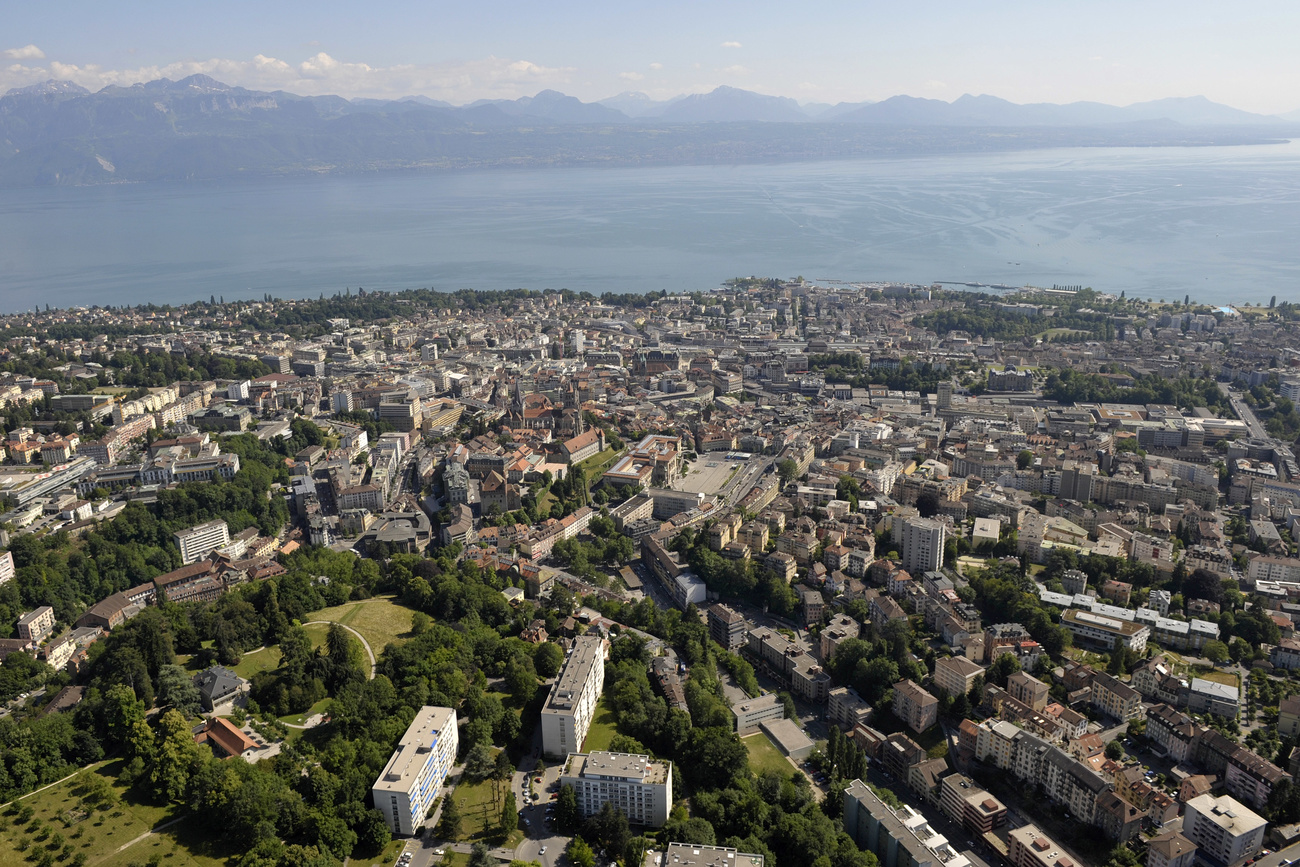
High levels of dioxin found in Lausanne soils

Much of the soil in the centre of Lausanne is contaminated with dioxin, it was announced on Monday. Residents have been advised to avoid local free-range eggs and certain vegetables.
Canton Vaud councillor Béatrice Métraux said 126 sites were studied for dioxin contamination in the western Swiss city. The problem is worse than had been expected: a total of 26 sites were found to have concentrations over the cantonal limit (100 nanograms per kilo).
The worst-polluted area is in the Old Town (640ng/kg), north of the city centre, but other badly affected areas include the Hermitage Park, the Sauvabelin forest, and the southern parts of Mont-sur-Lausanne and Epalinges; the municipalities of Pully and Prilly are less affected.
Map below shows the areas of Lausanne that are worst affected by the dioxin contamination.

The cantonal dioxin limit (100ng/kg) is low compared with neighbouring countries France and Germany, which have a 1,000ng/kg danger level.
No reason to panic
The Lausanne Unisanté health service, which carried out an analysis of the health risks, said dioxin is carcinogenic but there is no reason to panic. Only a daily absorption of large quantities of dioxin is problematic. The city’s drinking water is not affected.
Unisanté recommended that in the worst-affected areas residents should not consume local free-range eggs, courgettes, pumpkins or similar vegetables. Local fruit and vegetables should be washed properly or peeled. A special hotline and information siteExternal link has been set up for local residents.
Investigations are continuing, but the contamination in Lausanne is thought to have come from the Vallon incineration plant, which closed in 2005.
Other cantons are planning to carry out similar dioxin studies, it was reported on Monday.
Exposure through food
According to the World Health Organization (WHO), dioxins are environmental pollutants that belong to a group of dangerous chemicals known as persistent organic pollutants (POPs). They are found throughout the world in the environment, where they can persist for decades and accumulate in the food chain. More than 90% of human exposure is through food, mainly meat and dairy products, fish and shellfish.
Dioxins are mainly unwanted by-products of manufacturing processes including smelting, chlorine bleaching of paper pulp and the manufacturing of some herbicides and pesticides. Uncontrolled waste incinerators (solid waste and hospital waste) are often the worst culprits owing to incomplete burning, says the WHO.

In compliance with the JTI standards
More: SWI swissinfo.ch certified by the Journalism Trust Initiative































You can find an overview of ongoing debates with our journalists here . Please join us!
If you want to start a conversation about a topic raised in this article or want to report factual errors, email us at english@swissinfo.ch.